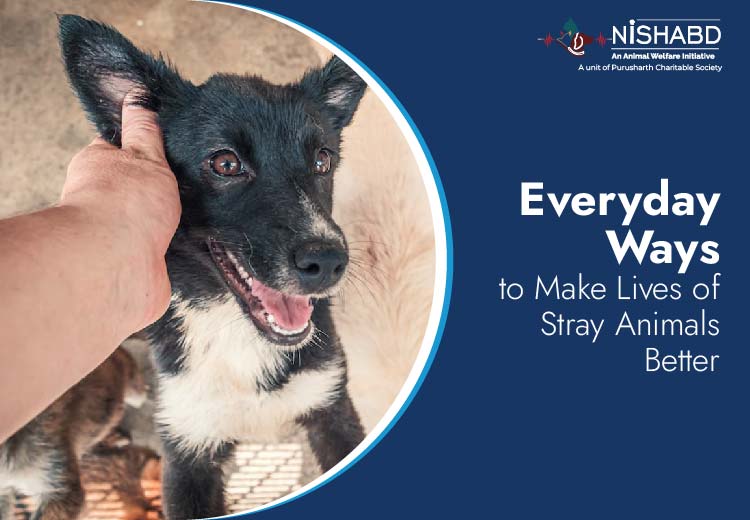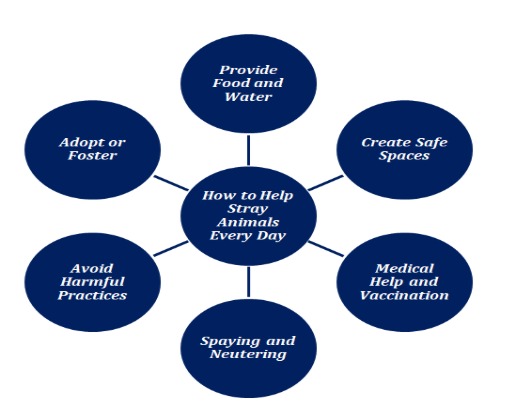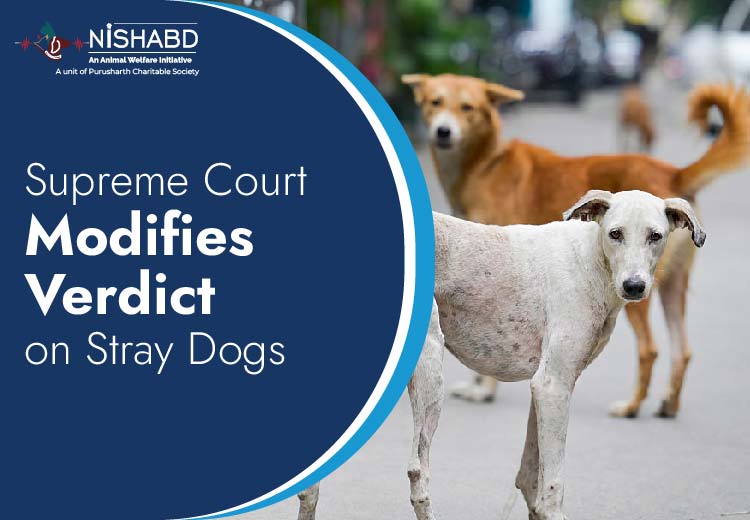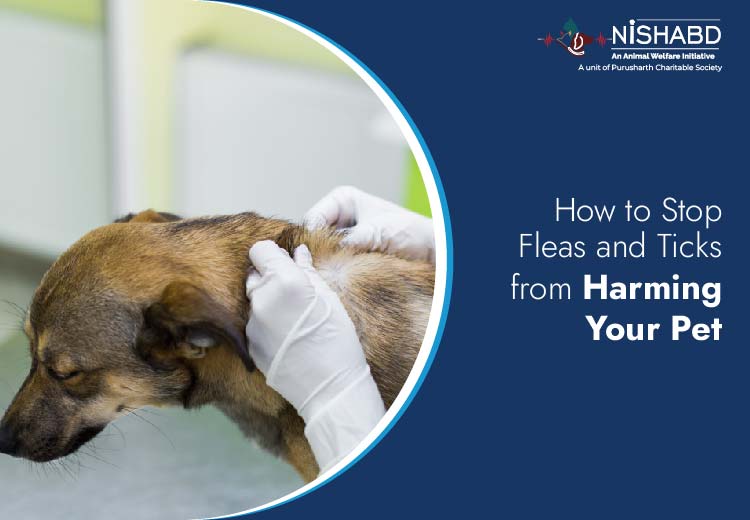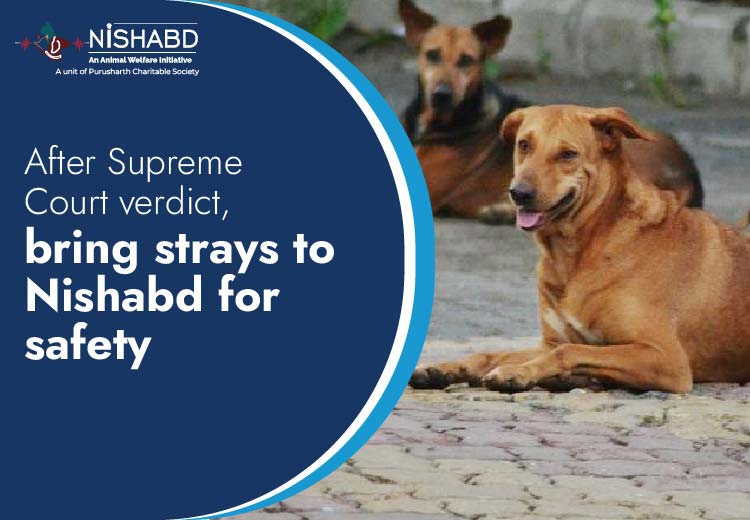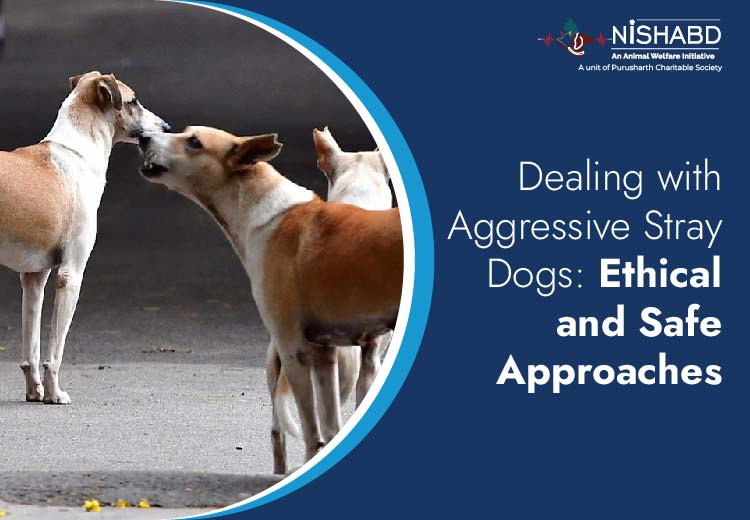Dog training helps them develop good habits, stay secure, and form a stronger bond with their owner. Training dogs is essential for all dog breeds, regardless of whether it’s a puppy in the early stages or an older dog. A trained dog is way more relaxed, happier, and more comfortable at home, or in public areas.
For pet owners, knowing how to train dogs effectively can be enjoyable for both the dog as well as themselves. Simple, fun methods usually perform better than strict rules. Basic puppy training can help set the foundation for good behaviour and can prevent issues when the dog grows up.
Why Basic Dog Training Matters
- Safety First: A trained dog is less likely to run into dangerous situations or get lost. “Come” or “stop” commands can help in keeping them safe from accidents.
- Better Communication: Owners can share what they want clearly, and dogs understand what is expected from them.
- Improved Bond: Dogs and their owners develop a stronger bond through training, which is a shared activity.
- Calm Home: A dog who understands simple commands is less likely to cause trouble, jump on guests, or chew furniture.
Just a few minutes of training everyday can help a lot. The goal is not perfection, but a happier and healthier life for both dogs and their humans.
Fun and Engaging Dog Training Methods
- Treat-Based Training
When your pets follow your instructions, reward them with little, delicious treats. This keeps pets engaged and adds enjoyment to the learning process. Start with basic instructions like sit, stay, or paw, and give a reward as soon as they achieve a goal.
- Clicker Training
Clicker gives a sound to let the dog know that they got an instruction right. Pair the sound with a treat. As time passes it will become a habit for the dog to relate the sound with positive behaviour. This method is highly efficient and provides the fun aspect for puppy training.
- Short Play Sessions
Instead of lengthy, boring lessons, break it down into 5-10 minute, short training sessions. Use games like tug-of-war, fetch or hide-and-seek as a way to practice commands. This keeps dogs focused and stops them from getting upset.
- Interactive Toys
Treat balls and puzzle toys help dogs learn how to solve problems. They have fun while also learning to be smart and creative. This is one of the ways to train dogs in a fun way.
- Positive Reinforcement
Always praise your dog verbally or with pets after good behavior. Speak politely with them to encourage them to do better. Avoid scolding because it might scare them rather than making them learn.
- Routine Practice
Use commands during walks, meals, or play. For example, asking your dog to “sit” before giving food helps them learn the habit naturally.
- Social Training
Let your dog slowly meet other people and pets in a safe and calm way. This reduces fear and promotes good behavior in various situations.
Puppy Training Tips

- Start Early: As early as eight weeks of age, puppies can start basic training.
- Keep it Easy: Teach just one command at once.
- Have Patience: Dogs take time to learn, so wait calmly and celebrate small wins.
- Be Consistent: Always say the same words and do the same actions for every command.
- Make it Fun: Dogs learn faster when training feels like play.
Even these minor gestures can have a significant impact on a dog’s life and enhance the enjoyment of dog training for both the owner and the pet.
Nishabd: The NGO for Voiceless
For a large number of abandoned or stray dogs the basic training process isn’t an option for convenience, but a necessity to live. Nishabd is an NGO for voiceless that rescues animals and helps them learn basic skills and social behavior. This allows them to be more comfortable in new shelters or homes.
With a focus on positive and enjoyable training, Nishabd will ensure that the animals feel secure and well-cared for. They feel appreciated.
Conclusion
Dog training doesn’t have to be dull or stress-inducing. By engaging in short, and enjoyable exercises, dogs can learn more quickly and have fun doing it. It doesn’t matter if it’s a puppy or a stray that has been rescued, the results of a fun-filled training can create an enjoyable, safe and more lovable space.
Pet owners can give their pets a good start in life by learning how to train them and using the right ways to do it. NGO for Voiceless like Nishabd make sure rescued dogs receive care, guidance, and skill development that have a long-lasting impact.
FAQs
- How can I do puppy training at home?
Begin with basic instructions like “stay,” “sit,” and “come.” Make use of treats, praise, and short sessions to make the fun.
- Why is dog training important?
It keeps dogs safe, helps them behave better, makes them trust you, and brings a strong, loving bond between you and your dog.
- Can I train rescued dogs?
Yes! If you are patient, positive reinforcement and regular routines, even rescued dogs can be trained well.
- Which is the best NGO for voiceless in Noida?
A dog shelter in Noida like Nishabd helps abandoned and stray animals by rescuing, providing them shelter, caring and educating them to live the best possible life.




